Why Sony’s X95L TV reveals a brand boldly determined to swim against the tide
Sony goes its own way
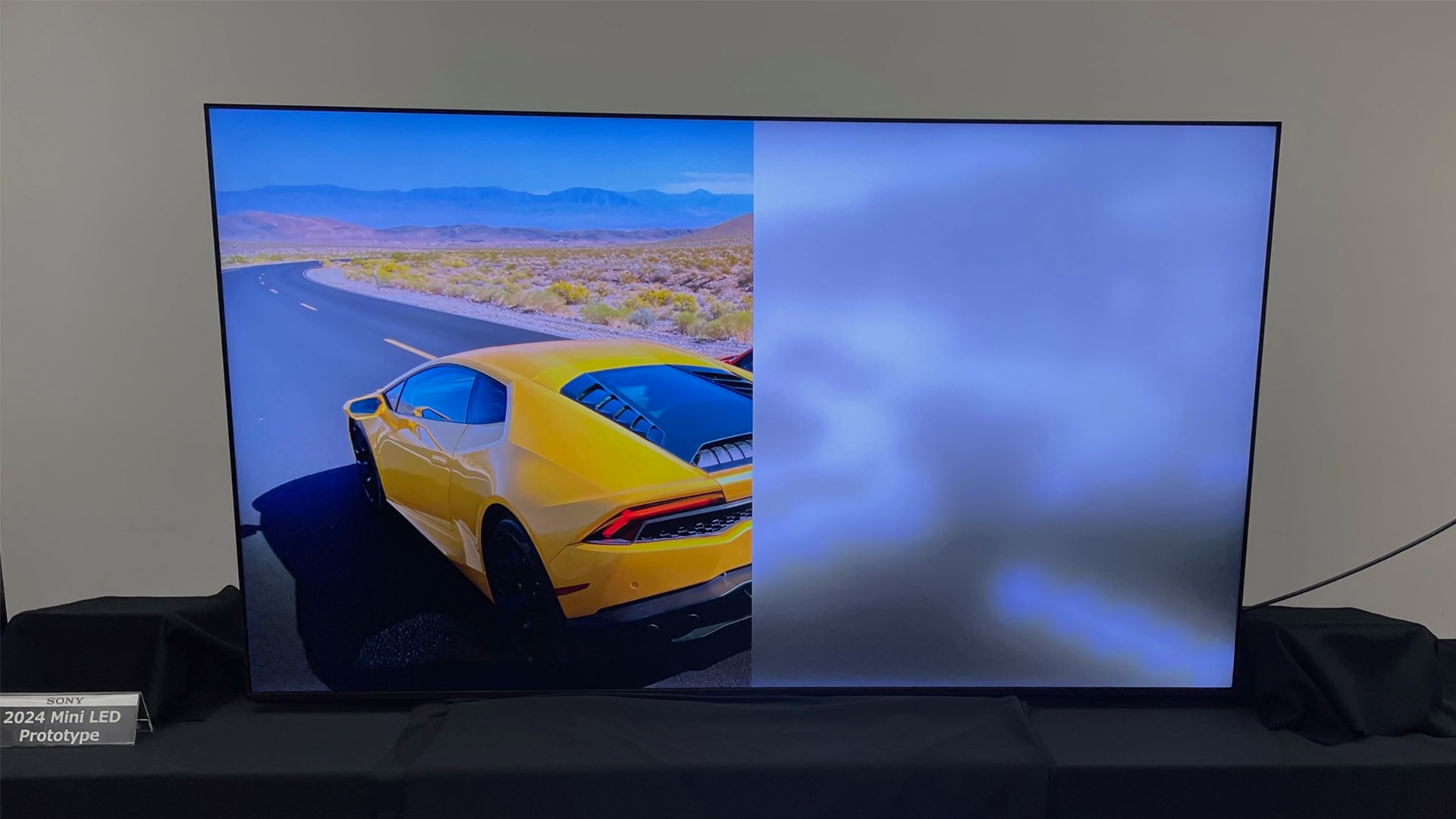
Look at the ranges from the best TV brands this year and listen to them discuss their plans for the future, and pretty much all you'll hear is ‘OLED this’ and ‘OLED that’.
LG has long been all about OLED, of course, while the OLED-favouring gap in performance and market standing between the OLED and LCD TVs of Philips and, particularly, Panasonic in recent years has become increasingly and deliberately stark.
Once a die-hard LED brand, TCL is now talking excitedly about introducing printed OLED screens to its TV range in the near future, and perhaps most strikingly of all, even Samsung, traditionally the world’s biggest OLED ‘hold out’, is this year putting its QD-OLED TVs on at least an equal footing with its once beloved LED models, has just inked a new panel supply deal with LG Display for regular WRGB OLED screens, and is generally sounding very bullish about OLED’s role in its future plans.
Just when you might be forgiven for thinking that OLED’s domination of the premium end of the TV market was about to become complete, though, one major brand suddenly seems to be having other ideas…
LCD TV tech still has a bright future
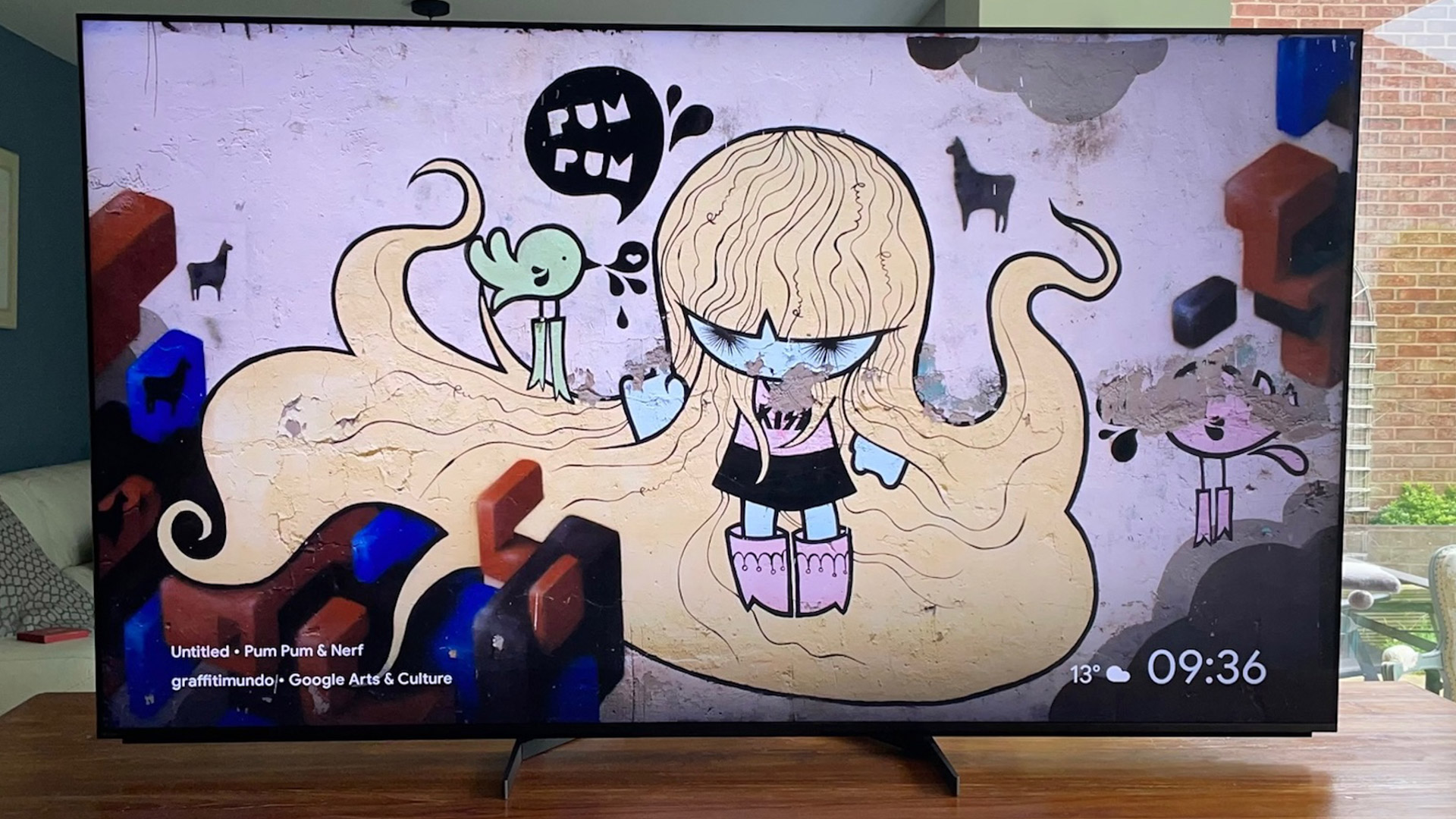
That brand is Sony, and over the past few months it’s been showing clear signs that it potentially sees LCD rather than OLED as the TV technology of the future.
The most recent evidence for this came with my recent experience of reviewing Sony’s second-generation mini-LED TV, the Sony X95L. This improved so much over what was in truth a slightly lacklustre mini-LED debut range (2022’s X95Ks and X90K) that it not only confirmed that Sony’s engineers are clearly taking mini-LED very seriously, but also provided a potent reminder of just how much performance potential mini-LED TVs have. Especially when it comes to brightness and colour volume, and when partnered with suitably clever processing and advanced local dimming backlight controls.
My experience with the 65X95L came hot on the heels of press demonstrations by Sony first in Japan last November 2023 and then again at January’s CES 2024 in Las Vegas of what the brand describes as a next generation display technology built not around LCD rather than OLED technology.
These demonstrations (more detail of which you can find in this CES article) attempted to prove that an LCD display combining mini-LED lighting and an advanced new local dimming system with new dimming control algorithms and a radically redesigned new power control infrastructure could deliver much more brightness than OLED screens alongside OLED-like inky black levels. All while generating precious little evidence of the light ‘blooming’ effect LCD TVs with local dimming systems usually produce around stand-out bright parts of the picture.
Pushing LCD brightness beyond OLED
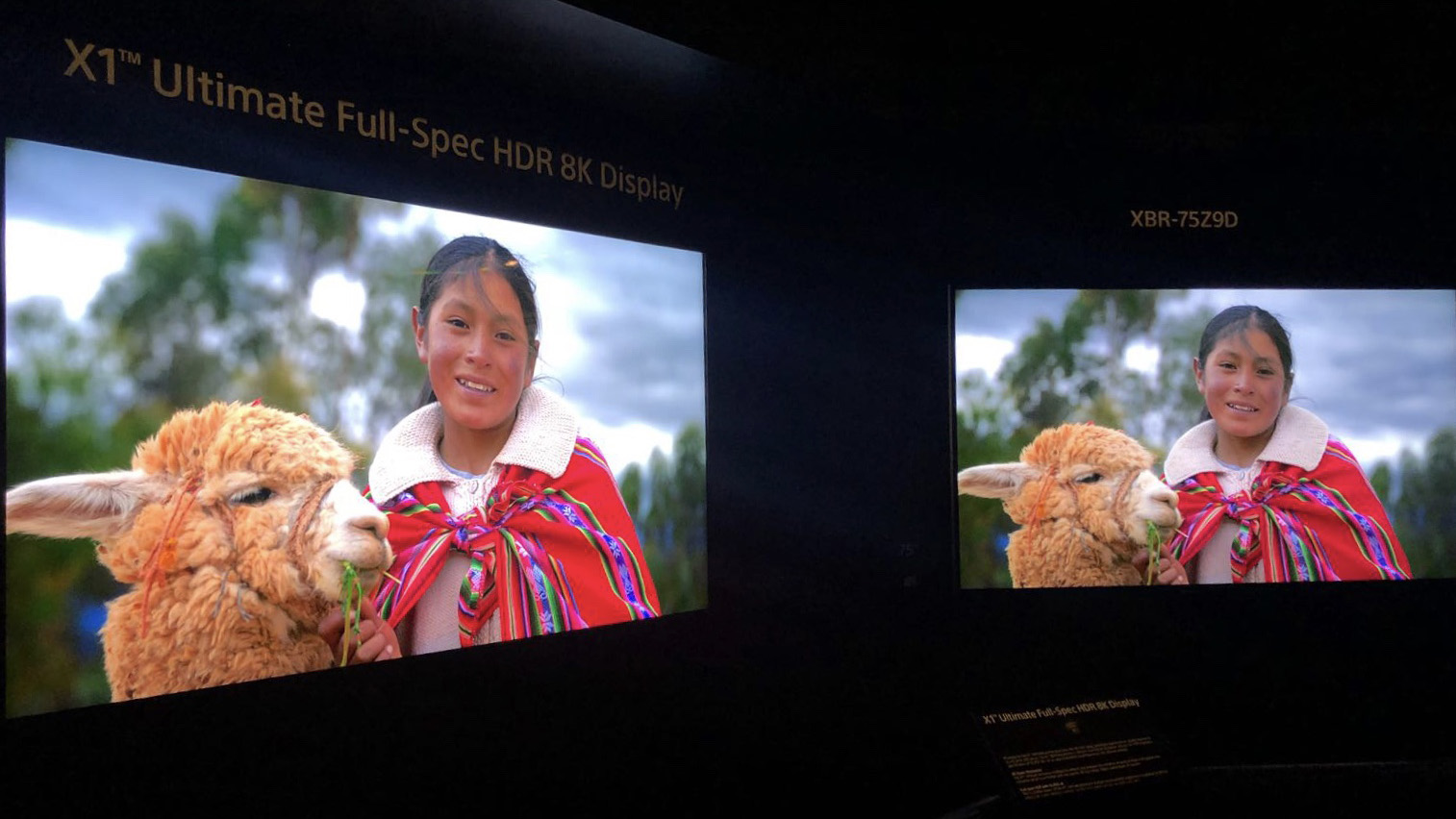
This new generation of LCD TV technology was also shown to be capable of running more efficiently than OLED screens with most content – something that’s become crucial in an age of ever more stringent TV power consumption regulations.
What really seems to be fanning the flames of Sony’s renewed enthusiasm for LCD rather than OLED technology, though, is LCD’s inherent brightness advantage.
Looking back over Sony’s TV history since high dynamic range video became a thing, there’s actually quite a bit of other evidence of the brand seeing value in levels of brightness beyond what organic displays are typically thought capable of.
Nobody who saw the 10,000-nit 8K prototype display on Sony’s booth at CES 2018 will likely have forgotten the experience, for instance. That TV struck me then as the single most spectacular picture quality I’d ever seen, and looking back at it now the fact that it went in so hard on targeting the upper brightness extremity of the proscribed HDR brightness range was a clear hint of just how much value Sony places on brightness nits.
This literally dazzling prototype was quickly backed up with actual ultra-bright consumer products in the shape of 2019’s ZG9 / Z9G 8K LCD TVs. These fed their massive pixel counts with by far the highest brightness levels – 4000 nits, no less – we’d ever seen from a consumer TV.
Taking LCD out of the Dark Ages
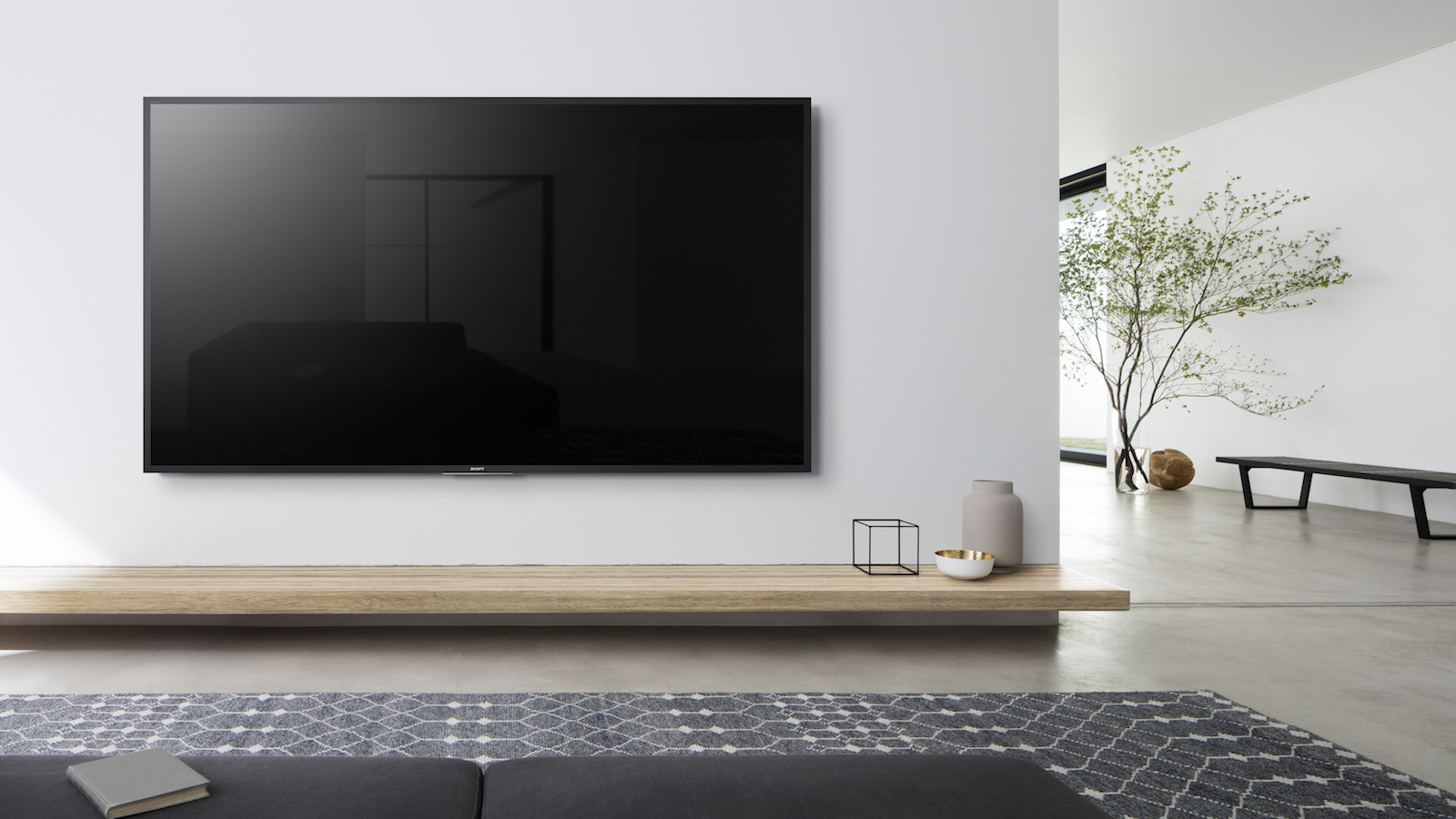
In fact, we can trace Sony’s love for LCD and the HDR brightness it can deliver back even further than the 2018 CES with 2016’s classic ZD9 range, with their then groundbreaking ‘focused beam’ local dimming and local brightness enhancement technology.
Yet, another sign of Sony’s love of light emerged recently, too, from its professional division, in the shape of a new BVM-HX3110 LCD professional mastering monitor capable of delivering mastering-grade image management up to a peak brightness of 4000 nits. That’s four times brighter than Sony’s previous HX310 mastering monitor, and matches the maximum brightness of the old ‘Pulsar’ monitor Dolby developed back in the day to enable the full light expression of the Dolby Vision HDR format.
It can’t be a coincidence that Sony develops a tool for content creators that can deliver so much of HDR’s potential brightness reach and then pretty much simultaneously starts demoing a next generation LCD-based TV technology focussed on delivering high brightness and contrast alongside seemingly unprecedented LCD light controls.
Both things together suggest that so far as Sony is concerned, more brightness and lots of it is the future of display technology. And since that fits much more neatly into LCD’s wheelhouse than OLED’s, that’s the direction the company is going to head in.
A sign of things to come
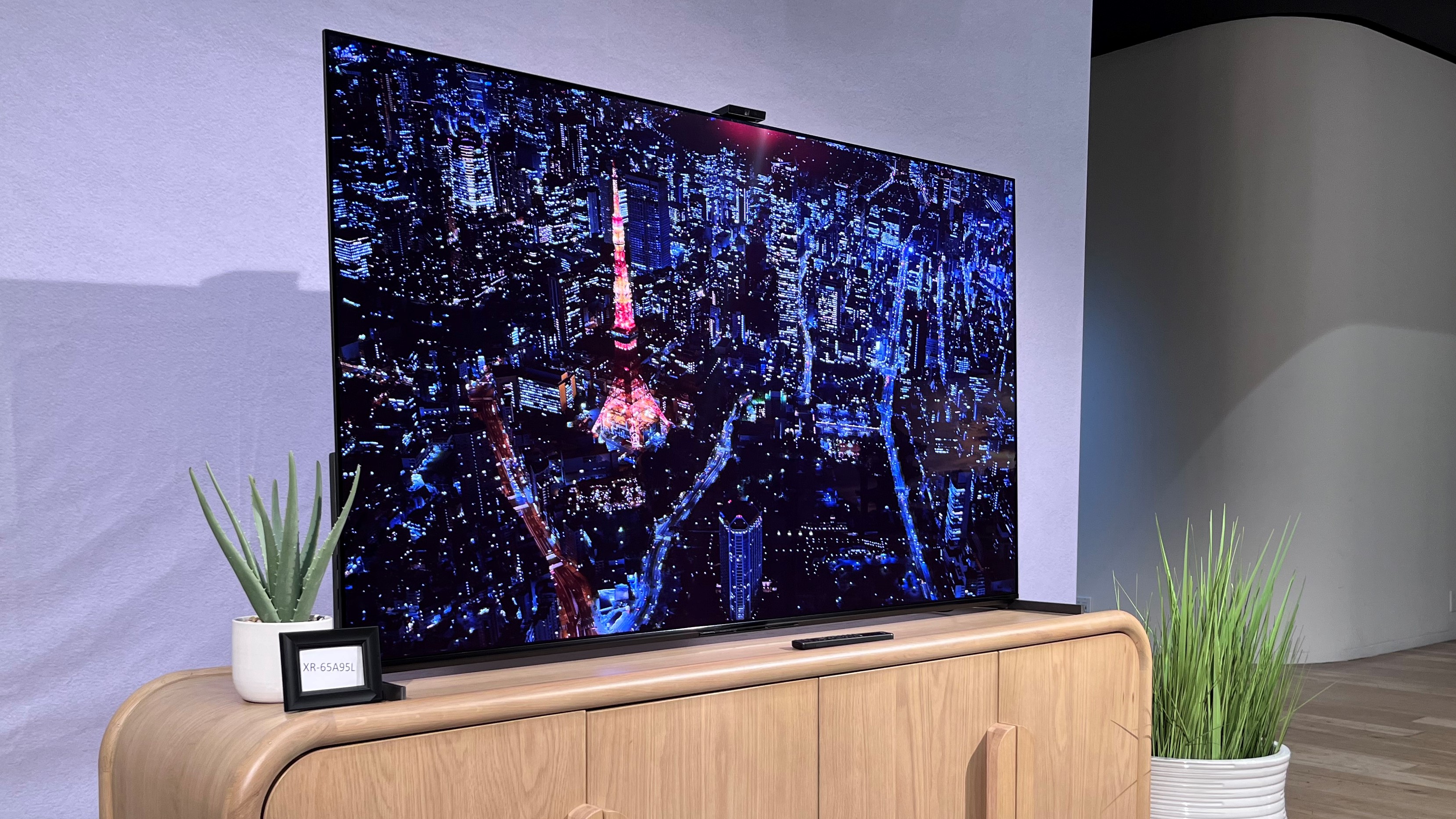
None of this means, of course, that Sony sees the best OLED TVs as using some sort of second rate technology – or that it’s likely to ignore it going forward. In fact, its A95L Quantum Dot OLED range is currently positioned as comfortably Sony’s most premium TV solution.
Sony has long made a big point, too, of how it doesn’t believe in dictating to consumers what they must buy, instead preferring to offer every technology somewhere in its range.
Nonetheless, signs past and present all suggest that Sony is determined to head in a different direction to most if not all of its big-name rivals. And if the recent demos of its new LCD prototype technology are anything to go buy, I for one am very intrigued to see where we end up.
You might also like
Get daily insight, inspiration and deals in your inbox
Sign up for breaking news, reviews, opinion, top tech deals, and more.
John has been writing about home entertainment technology for more than two decades - an especially impressive feat considering he still claims to only be 35 years old (yeah, right). In that time he’s reviewed hundreds if not thousands of TVs, projectors and speakers, and spent frankly far too long sitting by himself in a dark room.
